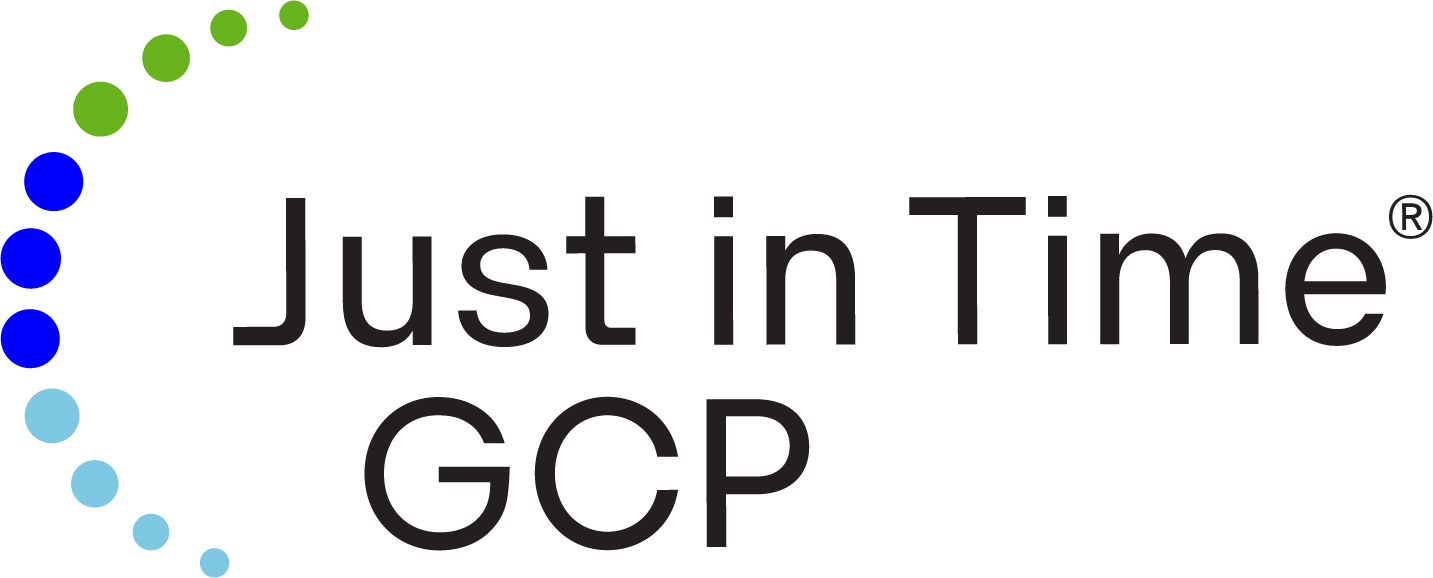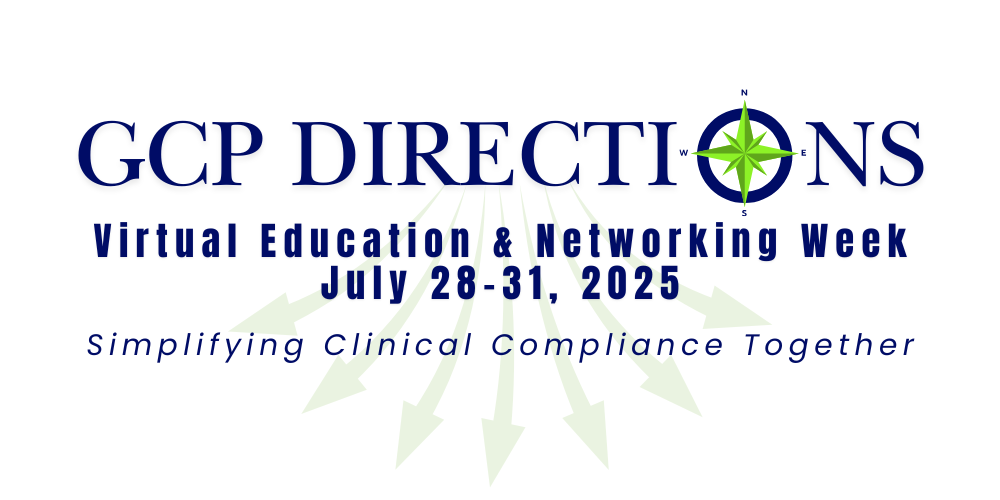Change Management in Clinical Research—Turn Disruption into Progress
New technologies, revised SOPs, and updated regulatory frameworks like ICH E6(R3)—in clinical research, change is a constant. When managed poorly, that change can compromise timelines, compliance, and overall study quality.
That’s why effective change management in clinical research is no longer optional—it’s essential.
At Just in Time GCP, we help sponsors proactively navigate change with a clear, structured approach—specifically designed for regulated environments and built to support real adoption, not just documentation.
At Just in Time GCP, we help sponsors proactively navigate change with a clear, structured approach—designed specifically for regulated environments and built to support real adoption, not just documentation.
Why Change Management Matters in Clinical Research
The stakes are higher in clinical research. Every change—whether a system rollout, procedural shift, or regulatory update—affects your team’s ability to stay compliant, inspection-ready, and on track.
Effective change management in clinical research:
- Ensures compliance through structured implementation
- Reduces confusion and resistance across study teams and sites
- Increases adoption of new systems and SOPs
- Protects trial timelines and data integrity
- Supports sustainable process improvement across functions
Without it, even the most promising solution can fall flat—leading to frustration, noncompliance, and rework.

Our Approach
Just in Time GCP uses a tailored, clinical-grade framework to manage the human side of operational change. Whether you’re adopting a new eTMF, aligning with new guidance, or optimizing site processes, we help you move from solution launch to sustained adoption.
We help trial sponsors:
- Bridge the gap between project plans and real-world results
- Align stakeholders early with impact assessments and clear communication
- Right-size training and messaging for your audience and timelines
- Track adoption and reinforce behaviors with ongoing support
Change doesn’t succeed by accident. It requires intentional planning and active leadership—especially when people, systems, and compliance are on the line.
Common Pitfalls (and How to Avoid Them)
Change initiatives often fail when:
- Communication is unclear or inconsistent
- Teams aren’t properly trained or supported
- Stakeholder resistance is ignored
- There’s no plan to sustain changes over time
These issues are common in clinical environments—but they’re also preventable. Just in Time GCP brings structure, empathy, and deep clinical expertise to help you execute change effectively from start to finish.
Let’s Clear the Path Forward
If your organization is rolling out a new system, preparing for inspection, or implementing a major process shift, now is the time to think about change management in clinical research.
Let’s talk about how Just in Time GCP can help you manage change with confidence, clarity, and compliance. Click Here to contact us.
GCP Directions – Virtual Education and Networking Week
July 28-31, 2025
Four Days. One Mission: Simplifying Clinical Compliance Together.
Registration is free and everyone is welcome – Click here for more details


